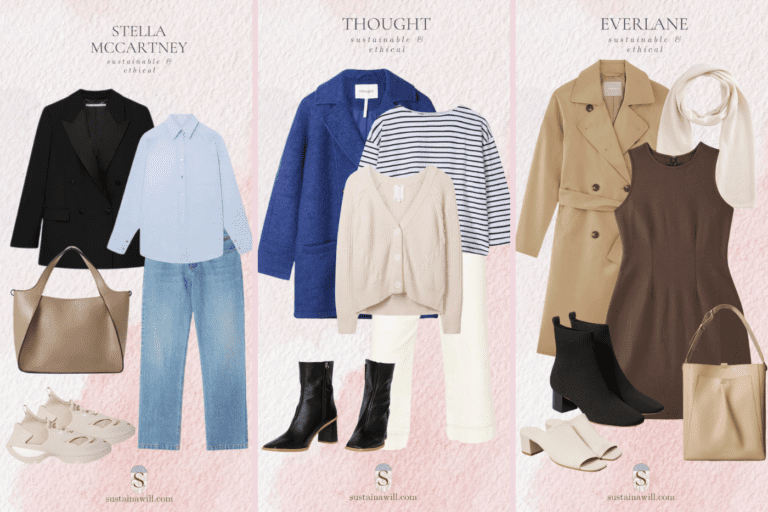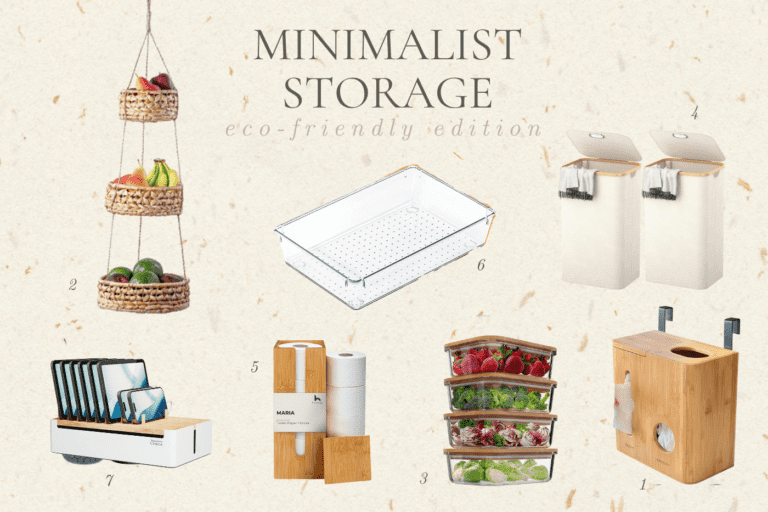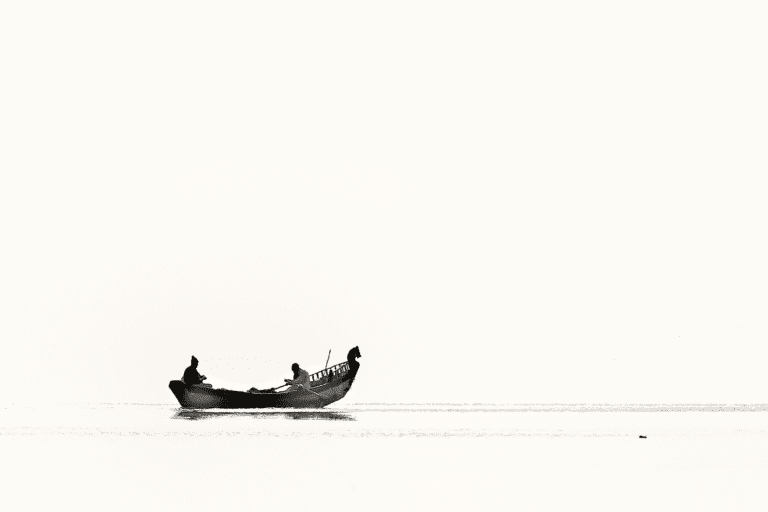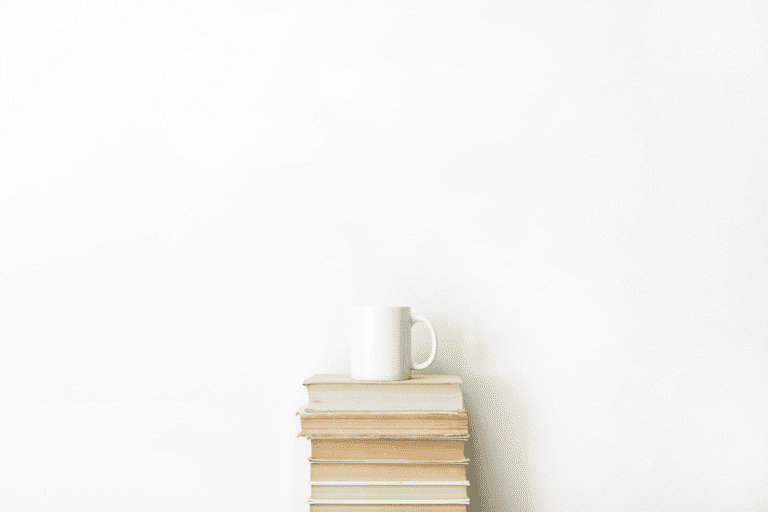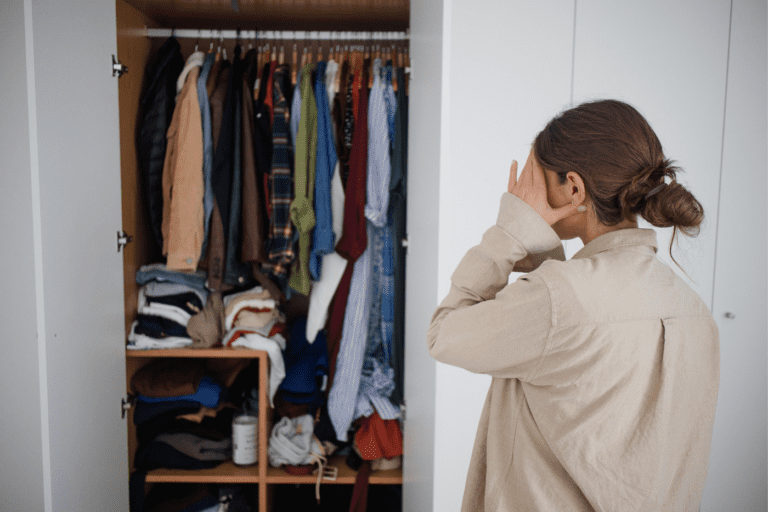Ever wondered whether the path to happiness lies in the simplicity of minimalism or the vibrant richness of maximalism?
The answer might be closer than you think.
In this ‘’Minimalism vs Maximalism’’ exploration, we’ll unravel the latest trends, weigh the pros and cons, and guide you toward a lifestyle choice that resonates with your essence. Ready to find your ideal balance?
What is a minimalist lifestyle?
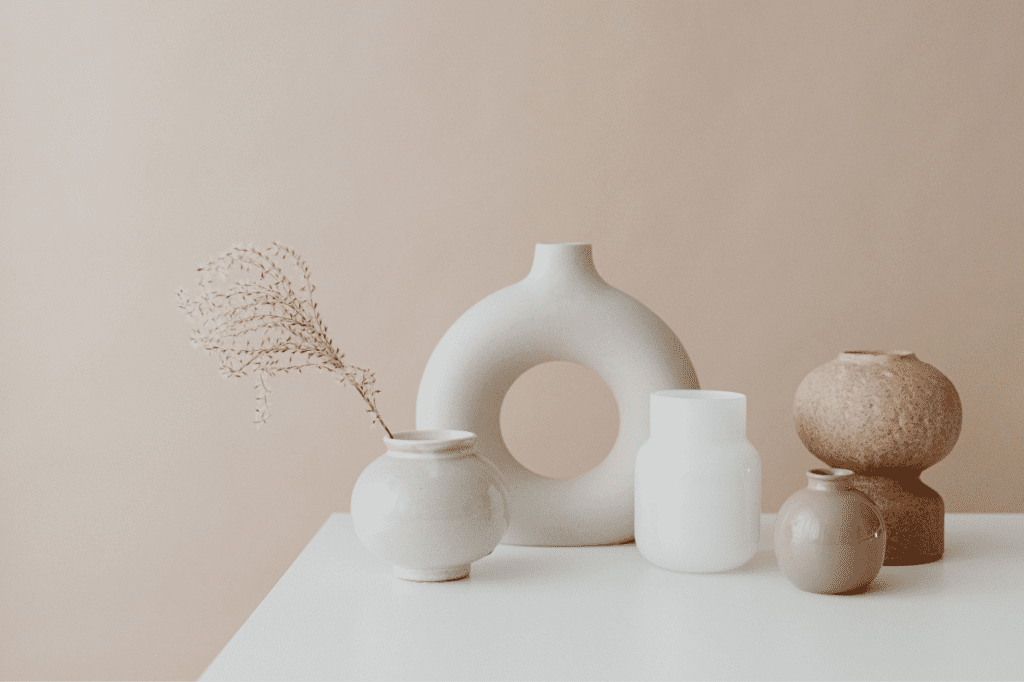
A minimalist lifestyle is centered around the philosophy of simplifying and decluttering one’s life to focus on what truly matters.
It’s not just about owning fewer possessions; it’s a conscious choice to prioritize meaningful experiences and values over material accumulation.
In a minimalist lifestyle
- Simplicity is Key: Minimalists intentionally pare down their belongings, eliminating the excess to create a clean and uncluttered living space.
- Mindful Consumption: Minimalists carefully consider each purchase, opting for quality over quantity. They choose items that bring genuine joy or serve a practical purpose.
- Intentional Living: The emphasis is on living with purpose. Minimalists align their possessions and activities with their core values, fostering a more intentional and fulfilling life.
- Stress Reduction: By removing the distractions of excess possessions and focusing on the essentials, minimalists often experience reduced stress and an increased sense of clarity.
- Environmental Consideration: Many minimalists adopt eco-friendly practices, recognizing that a simplified lifestyle often translates to a reduced ecological footprint.
Whether it’s decluttering physical spaces, simplifying daily routines, or embracing a minimalist mindset, the journey toward a minimalist lifestyle is a personal and transformative exploration of what truly adds value and meaning to one’s life.
For a more in-depth look at minimalism, explore What is Minimalism? Easy-to-Understand Explanation and dive into the Interesting Pros and Cons of Minimalism.
What is minimalist design?
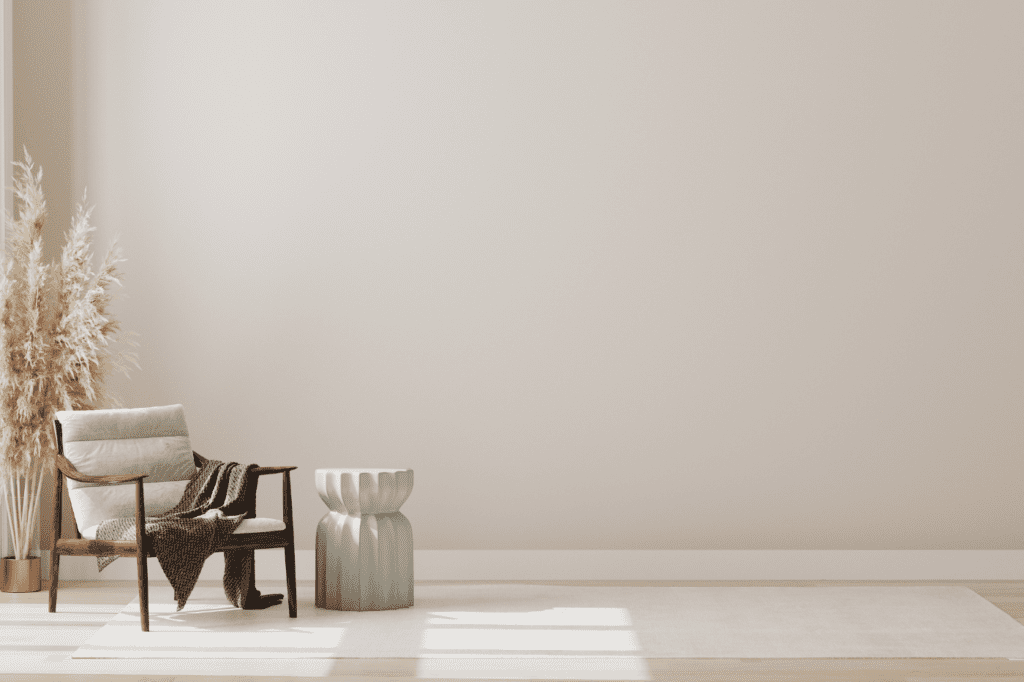
Minimalist design is a visual style characterized by simplicity, clean lines, and a focus on functionality.
Rooted in the philosophy of minimalism, this design approach prioritizes essential elements while eliminating unnecessary ornamentation.
Key features of minimalist design include:
- Simplicity: Minimalist design embraces simplicity in form, color, and overall composition. It avoids excessive embellishments, favoring a straightforward and uncluttered aesthetic.
- Clean Lines: Straightforward lines and geometric shapes are fundamental to minimalist design. The emphasis is on creating a sense of order and clarity through well-defined structures.
- Neutral Color Palette: Minimalist designs often utilize a neutral color palette, with whites, grays, and muted tones dominating the visual landscape. This enhances the feeling of calmness and simplicity.
- Functionality: Every element in minimalist design serves a purpose. Functionality takes precedence over unnecessary decoration, resulting in practical and efficient designs.
- Ample Space: Minimalist design values open spaces. It strategically incorporates negative space to allow visual elements to breathe, contributing to a sense of balance and tranquility.
- Timelessness: Minimalist designs aim for longevity. By avoiding trends and focusing on timeless elements, they remain relevant and aesthetically pleasing over time.
Whether applied to architecture, interior design, graphic design, or product design, minimalist design seeks to convey a sense of clarity, elegance, and purpose.
It’s a deliberate choice to strip away the superfluous and create a harmonious visual experience.
What is a maximalist lifestyle?
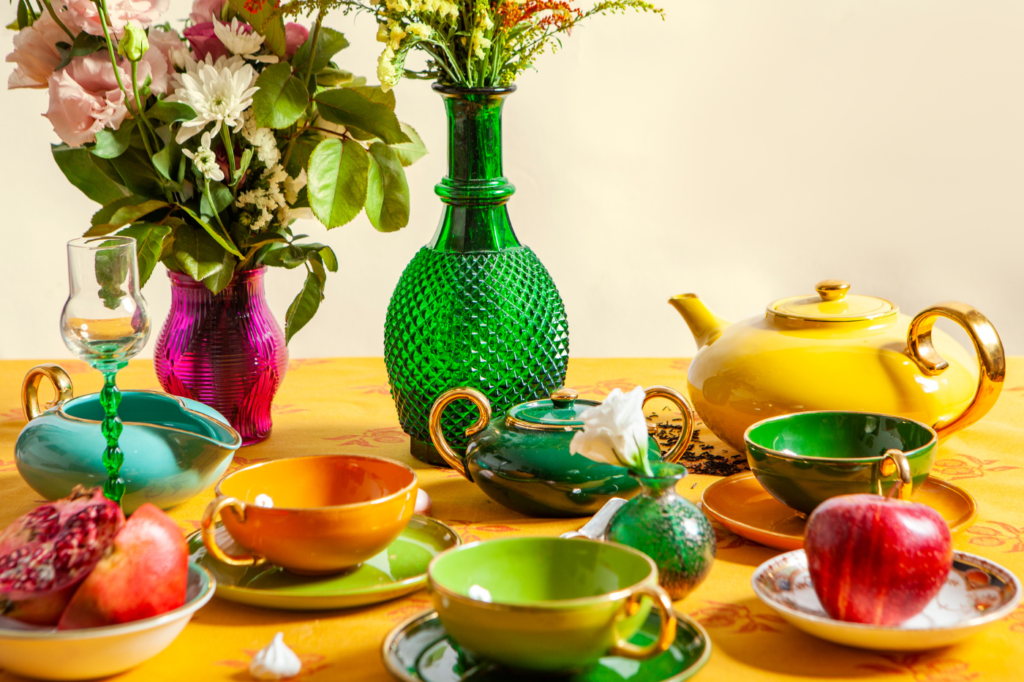
A maximalist lifestyle is a vibrant and expressive approach to living that celebrates abundance, individuality, and a profusion of elements.
It extends beyond design choices to encompass various aspects of personal expression and daily living. Key characteristics of a maximalist lifestyle include:
- Expressive Personal Style: Maximalists embrace bold and expressive personal style, from clothing choices to accessories and even hairstyles. The goal is to celebrate individuality and creativity.
- Abundant Collectibles: Maximalists love showcasing their collections and treasures. Whether it’s art, souvenirs from travels, or unique finds, each item tells a story and contributes to the eclectic atmosphere of their living spaces.
- Diverse Hobbies and Interests: Living life to the fullest, maximalists often engage in a multitude of hobbies and interests. They seek to explore a broad range of activities and experiences.
- Bold Color Choices: The maximalist lifestyle often involves a love for bold and vibrant colors. This extends beyond home decor to personal items, creating a visually stimulating and energetic environment.
- Celebration of Individuality: Maximalists embrace their uniqueness and encourage others to do the same. The lifestyle is a celebration of diversity, self-expression, and a rejection of strict rules or conformity.
- Curated Chaos: While it may appear chaotic to some, maximalists often have a method to the madness. The curated chaos reflects the individual’s personality, experiences, and the joy of surrounding oneself with a multitude of things that bring pleasure.
- Joyful and Exuberant Living: At its core, a maximalist lifestyle is about living life with joy, enthusiasm, and an appreciation for the diverse tapestry of experiences that contribute to a rich and fulfilling existence.
In essence, a maximalist lifestyle is a holistic approach to living that encourages self-expression, embraces diversity, and revels in the fullness of life’s experiences.
What is maximalist design?
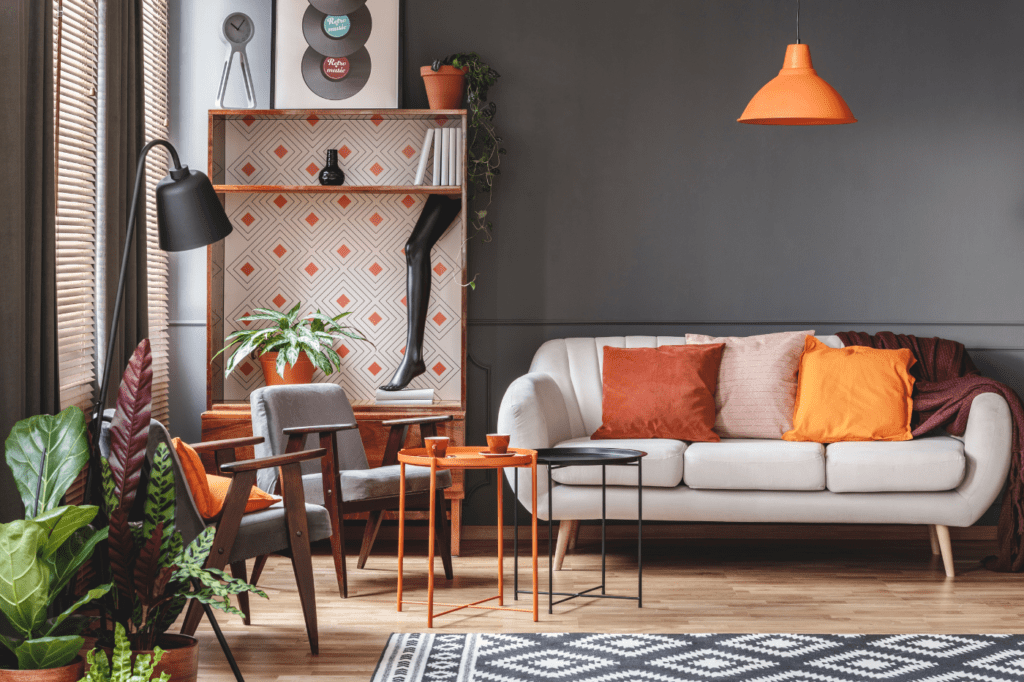
Maximalist design is a bold and expressive visual style that revels in abundance, eclecticism, and a profusion of elements.
Rooted in the philosophy that more is more, maximalist design stands in stark contrast to minimalism.
Key characteristics of maximalist design include:
- Rich and Layered Aesthetic: Maximalist design embraces a visually stimulating and layered aesthetic. Spaces are adorned with an abundance of patterns, colors, and textures, creating a lush and opulent atmosphere.
- Bold Color Palette: Maximalism is known for its fearless use of bold and vibrant colors. It often involves mixing diverse hues, prints, and patterns to create a visually dynamic and energetic environment.
- Eclectic Furnishings: Maximalist spaces often feature a mix of furniture styles, incorporating pieces from various periods and design movements. The goal is to celebrate diversity and individuality.
- Abundant Decor: Decorative elements abound in maximalist design. From intricate textiles and plush fabrics to artwork and collectibles, every corner is adorned with a variety of visually appealing items.
- Mix of Patterns and Textures: Maximalist design embraces a diverse mix of patterns and textures. This can include bold prints, intricate textiles, and a variety of materials, creating a sensory-rich experience.
- Personal Collections: Maximalist spaces showcase personal collections and treasures. Art, souvenirs, and unique finds contribute to the eclectic and curated atmosphere of the design.
- Curated Chaos: While maximalism may seem chaotic to some, there’s often a method to the madness. A carefully curated mix of elements creates a sense of controlled chaos that reflects the individuality and creativity of the inhabitant.
- Opulent Accessories: Maximalist design often incorporates opulent accessories, such as statement lighting fixtures, ornate mirrors, and luxurious textiles, adding a touch of glamour to the space.
In essence, maximalist design is an unapologetic celebration of abundance, individuality, and the joy of surrounding oneself with a multitude of visually captivating elements.
It’s about creating spaces that are as unique and expressive as the individuals who inhabit them.
Minimalism vs Maximalism: Which one is better?
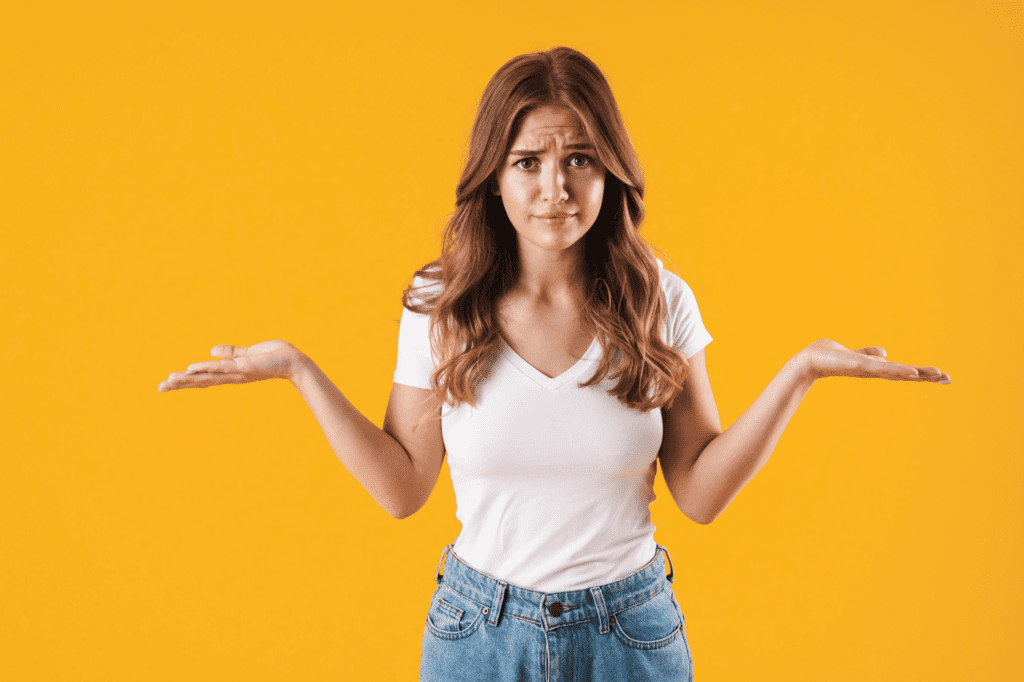
Minimalism in Design
Strengths
- Clarity and Simplicity: Minimalist design offers a clean and uncluttered aesthetic, providing clarity and simplicity in spaces.
- Timelessness: Minimalist designs often have a timeless quality, as they are not heavily influenced by trends.
- Ease of Maintenance: With fewer elements, minimalist spaces are often easier to maintain and keep organized.
Considerations
- Potential Sterility: Some may find minimalist spaces too stark or sterile, lacking the warmth and personality of more eclectic designs.
- Limited Personalization: Minimalism may limit the opportunity for personalization and self-expression in design.
Maximalism in Design
Strengths
- Expressive and Vibrant: Maximalist design is inherently expressive, vibrant, and visually stimulating, appealing to those who enjoy a rich and opulent atmosphere.
- Endless Possibilities: The eclectic nature of maximalism allows for a wide range of design possibilities, embracing diverse styles and influences.
- Personalization: Maximalist design provides ample opportunities for personalization and showcasing individuality.
Considerations
- Risk of Overwhelming: Some may find maximalist spaces overwhelming due to the abundance of elements, patterns, and colors.
- Potential for Clutter: Without careful curation, maximalist designs can border on cluttered, which may not appeal to those seeking a more ordered environment.
Minimalist Lifestyle
Strengths
- Focus on Essentials: Minimalism encourages a focus on essential possessions and experiences, leading to a simpler and more intentional lifestyle.
- Reduced Stress: Living with fewer distractions and possessions can contribute to reduced stress and a sense of mental clarity.
- Environmental Impact: Minimalists often have a lower environmental footprint due to mindful consumption and reduced waste.
Considerations
- Challenges of Adoption: Transitioning to a minimalist lifestyle may pose challenges for those accustomed to material abundance.
- Perceived Restrictions: Some may perceive minimalism as restrictive, especially in terms of personal expression and lifestyle choices.
Maximalist Lifestyle
Strengths
- Celebration of Diversity: Maximalists celebrate diversity and abundance in all aspects of life, embracing a broad range of experiences and interests.
- Expressive Living: A maximalist lifestyle allows for unapologetic self-expression, whether in personal style, hobbies, or relationships.
- Joyful Living: Maximalists often prioritize joy and exuberance in their daily lives, seeking fulfillment through a rich tapestry of experiences.
Considerations
- Potential for Overwhelm: The pursuit of abundance in a maximalist lifestyle may lead to potential overwhelm, especially for those who prefer simplicity.
- Balancing Act: Achieving a harmonious balance between abundance and order is crucial to prevent the lifestyle from becoming chaotic.
Ultimately, whether minimalism or maximalism is “better” depends on individual preferences, values, and lifestyle goals.
Some may find fulfillment in the simplicity and clarity of minimalism, while others thrive on the expressive and vibrant nature of maximalism.
The key is to choose a design and lifestyle that aligns with personal values and enhances overall well-being.
That being said let us dive into the science why many people nowadays chose to go the minimalist path:
Are minimalists happier?
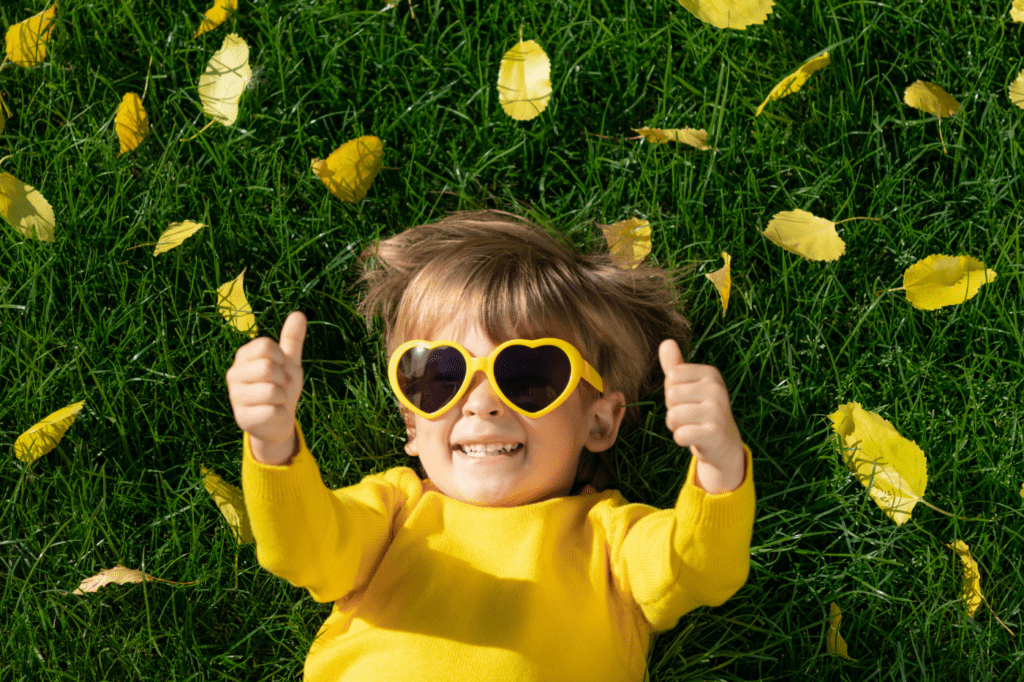
Many individuals are drawn to minimalism as a lifestyle choice, seeking simplicity and a focus on what truly matters. But does embracing minimalism contribute to greater happiness?
A recent article published in the Journal of Positive Psychology sheds light on the psychological advantages of minimalism and voluntary simplicity.
Key Findings
- Positive Relationship with Well-being: The systematic review of empirical literature revealed a consistent positive relationship between voluntary simplicity (a key aspect of minimalism) and well-being.
- Control of Consumption Desires: One potential mechanism explaining this relationship is the control of consumption desires. By minimizing material possessions and desires, individuals may experience a sense of contentment and reduced stress.
- Psychological Need Satisfaction: The study also suggested that adhering to minimalism could contribute to the satisfaction of psychological needs, further enhancing overall well-being.
Implications for Happiness
The findings suggest that adopting a philosophy of minimalism and voluntary simplicity may offer psychological advantages that contribute to a happier and more fulfilled life.
The intentional focus on essential possessions and the rejection of excessive consumerism could lead to a greater sense of control, contentment, and satisfaction.
For those interested in delving deeper into the empirical literature on this topic, the full article is available here.
While happiness is a subjective and multifaceted concept, the positive relationship between minimalism and well-being adds an intriguing layer to the ongoing conversation about intentional living and its impact on our overall satisfaction with life.
Conclusion
In the dynamic landscape of 2024, the choice between minimalism and maximalism is yours to make. Whether simplicity or abundance aligns with your essence, may your lifestyle reflect your values.
Embrace joy, discard the unnecessary, and craft a life uniquely yours. Cheers to a fulfilling journey ahead!



